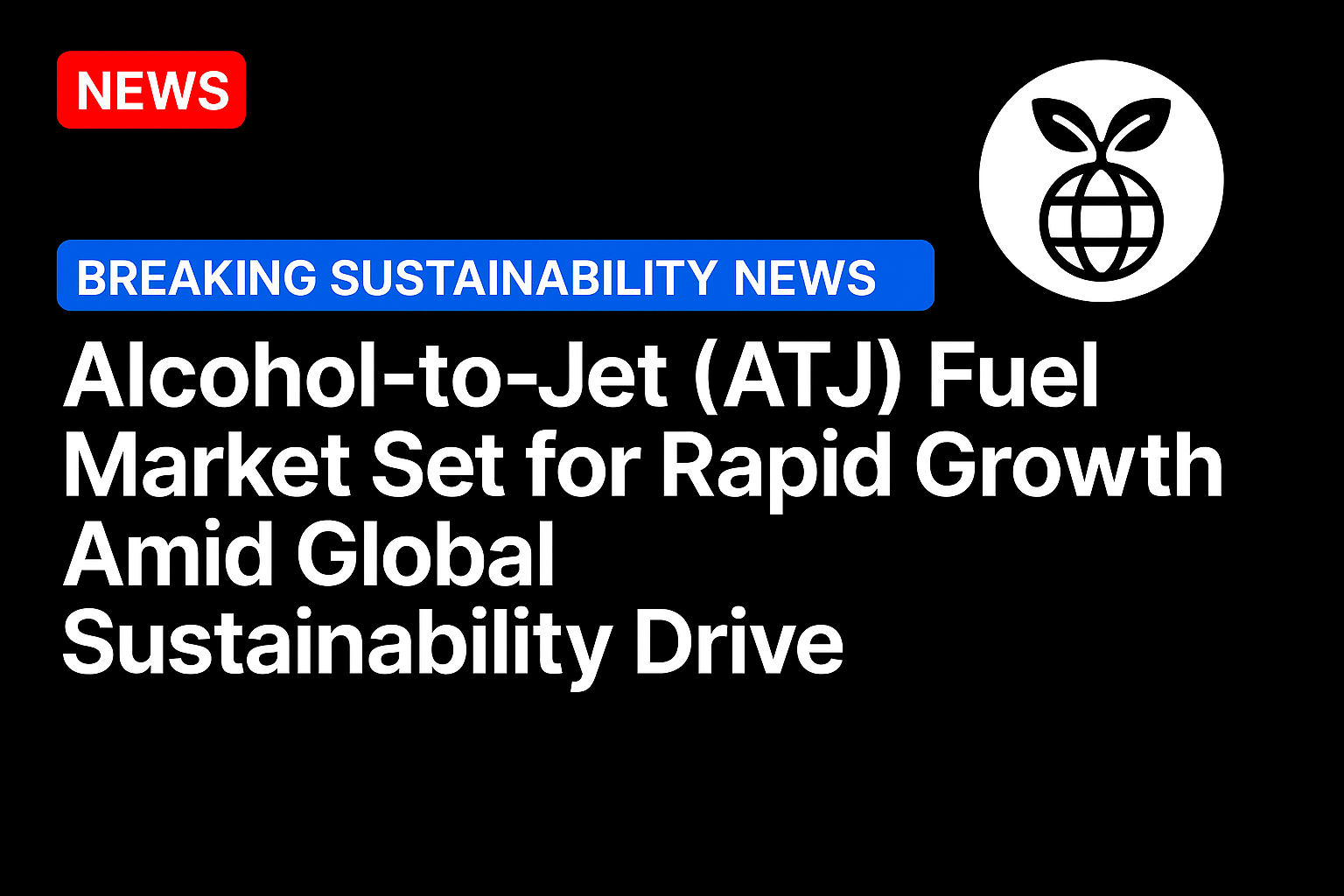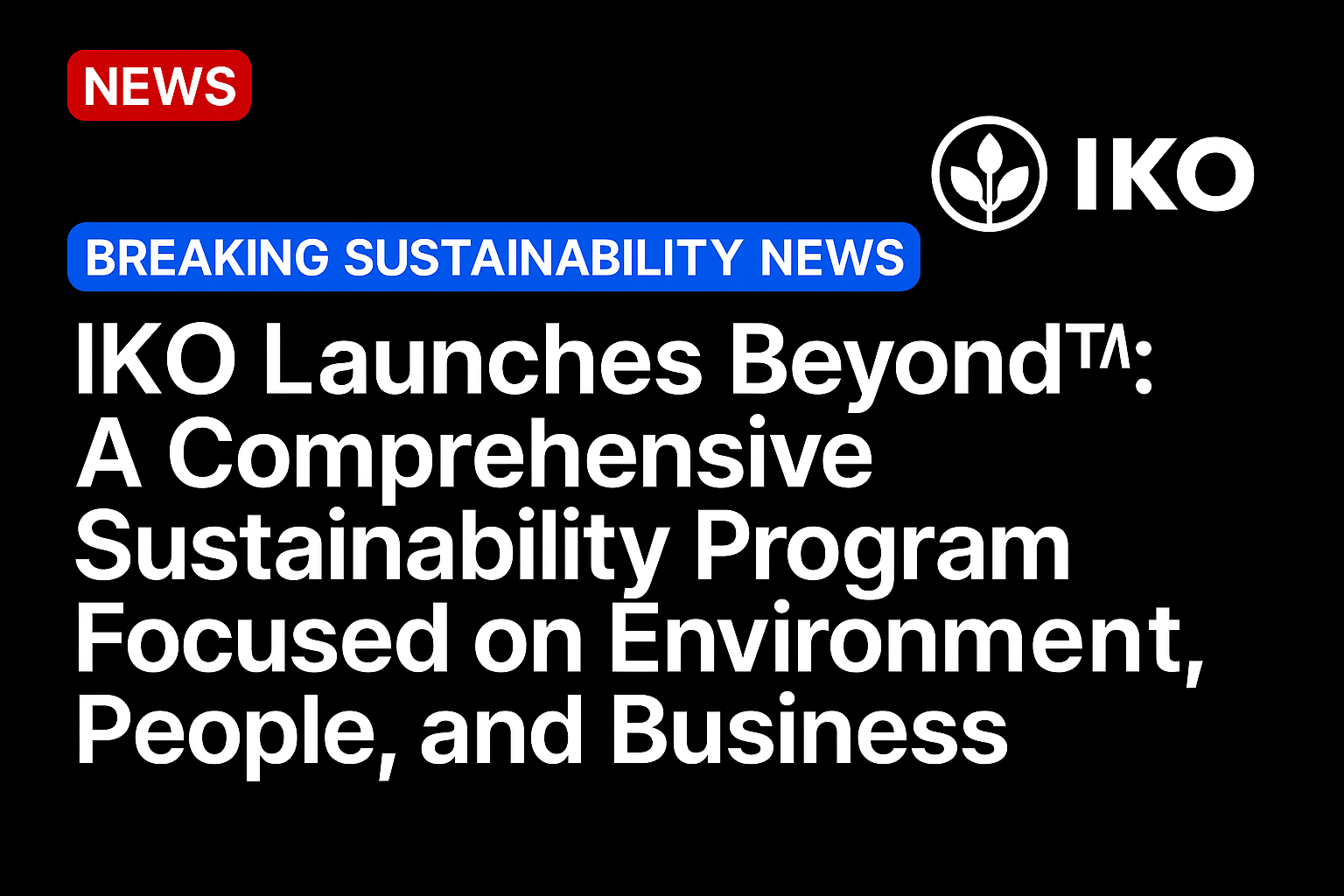The global alcohol-to-jet (ATJ) fuel sector is gaining momentum as governments, airlines, and energy companies ramp up efforts to decarbonize aviation with sustainable alternatives.
📈 Market Expansion & Projections
- The ATJ fuel market was valued at approximately $3 billion in 2025 and is forecast to soar to $28 billion by 2037, growing at a CAGR of around 19% arXiv+12Research Nester+12Verified Market Reports+12.
- Other forecasts estimate the market reaching $5–13 billion by 2032, with growth rates spanning 14–21% annually .
🌿 Why the Surge in ATJ?
- ATJ fuels offer a renewable, low-carbon alternative to conventional jet fuel by converting biomass-derived alcohols into synthetic kerosene.
- The aviation sector—responsible for ~2–3% of global CO₂—faces growing pressure to reduce emissions. ATJ producers are targeting 50–80% lifecycle carbon reductions Wikipedia+14Fortune Business Insights+14Market.us+14Verified Market Reports+1Markwide Research+1.
- Governments and regulators are supporting the transition: mandates, carbon credits, and subsidies are accelerating deployment. North American and European initiatives (like the U.S. SAF Grand Challenge and the EU’s ReFuelEU regulation) are significant growth catalysts Research Nester.
🏭 Technology & Feedstocks
- Primary feedstocks include ethanol (from corn or sugarcane), butanol, lignocellulosic biomass, and agricultural waste Research Nester+1Wikipedia+1.
- Production leverages bio-conversion processes—fermentation followed by deoxygenation—and gasification or hydrocracking, enabling efficient scale-up Market Research Future+1TechSci Research+1.
- Ethanol remains dominant (holding over 50% of feedstock share), though interest in butanol and lignocellulosic sources is rising .
✈️ Key End-Users & Regions
- The majority of ATJ output is destined for commercial aviation, with military and general aviation also emerging as stable markets arXiv+10Verified Market Reports+10Dataintelo+10.
- North America leads (≈ 40% market share), thanks to federal programs and SAF mandates; Europe holds nearly 38%, driven by environmental goals and funding; Asia-Pacific (notably China and India) is a high-growth region QYResearch+9Research Nester+9Market.us+9.
⚠️ Challenges & Opportunities
- Feedstock limitations—such as availability of sustainable biomass—and infrastructure gaps remain barriers QYResearch+11Research Nester+11Fortune Business Insights+11.
- However, technological and regulatory support is helping overcome cost and supply chain constraints .
In Summary
The ATJ fuel market is entering a phase of rapid transformation, backed by strong demand for sustainable aviation fuel, robust policy support, and accelerating technology. With projected growth rates between 14–21% annually, ATJ is poised to play a pivotal role in the aviation industry’s shift toward net-zero emissions.





